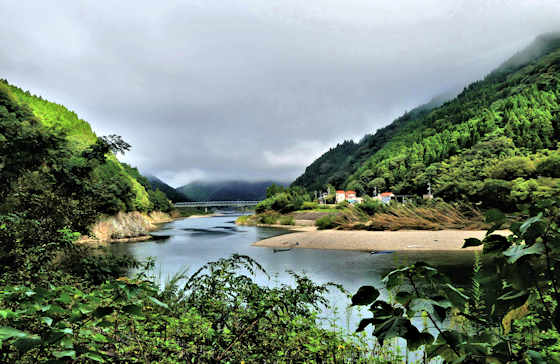Tuesday, September 19, 2023
Disappeared Japan Yamane Residence Hamada
Labels:
Architecture,
Hamada,
interiors,
kamidana
Sunday, September 17, 2023
Fukusaiji Temple
In its current form, it was built in 1979, however, it was originally founded as the second of the Chinese temples in 1628, just 5 years after Kofukuji.
The previous post was on the nearby Shofukuji Temple, another of the Chinese Zen temples of Nagasaki, but which survived the war intact.
Friday, September 15, 2023
Kishu Toshogu Shrine
Thursday, September 14, 2023
Shofukuji Temple Nagasaki
The Sanmon, the main gate, was built in 1703. Along with the other main structures of Shofukuji, it is an Important Cultural Property and is currently undergoing major renovation.
The Tenmoden Hall contains a large statue of Hotei, one of the Seven Lucky Gods in Japan, and originally a Chinese monk named Budai. In the West, he is often referred to as the Laughing Buddha.
Tuesday, September 12, 2023
Around Kawado on the Gonokawa River
The bridge that crosses the river to Kawado is painted in a very distinctive colour scheme that , I believe, represents the river, the sjy, and cherry blossoms. Not sure when the bridge was built. There was a major flood of Kawado back in the 1960's so it certainly postdates that. I have seen an old photos of a low wooden bridge in the 1920's, but for most of history the on,y wa to cross was by ferry.
Looking back downstream to the Kawado Bridge. This next section of the road has no buildings and very little traffic, the main road being on the opposite bank, as it is for most of the river. The rail line is overgrown.
Subscribe to:
Posts (Atom)



































































